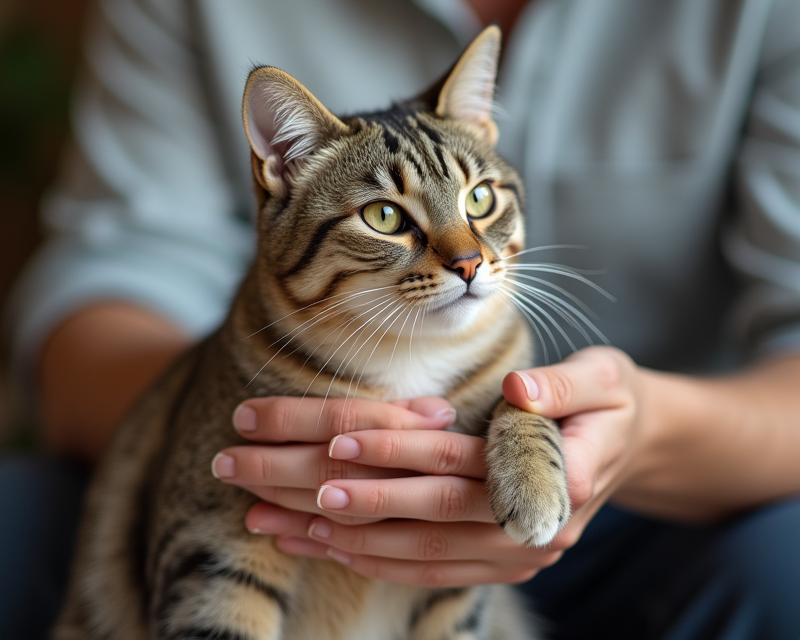Feline Diabetes: What Owners Need to Know
Publish in Health el 30/06/2025 23:39
Understanding Feline Diabetes: A Guide for Pet Owners
Diabetes in cats, like in humans, is a serious condition that affects how their body regulates blood sugar (glucose). It's more common in older cats, but can occur at any age. Understanding the causes, symptoms, and management of feline diabetes can help you provide the best possible care for your furry friend. This article aims to provide a clear and friendly overview of this condition.

What Causes Diabetes in Cats?
There are a few different types of diabetes that can affect cats. The most common is diabetes mellitus, where the pancreas doesn't produce enough insulin. Insulin is a hormone that helps glucose enter cells for energy. Other contributing factors include obesity, genetics, and certain medications. Sometimes, other health conditions like hyperthyroidism can also increase the risk of developing diabetes. It's important to note that a family history of diabetes can also make a cat more susceptible.
Recognizing the Symptoms
Early detection is key when it comes to managing feline diabetes. Some common symptoms to watch out for include:
- Increased thirst (polydipsia)
- Increased urination (polyuria)
- Increased appetite (polyphagia), but weight loss may still occur
- Lethargy or weakness
- Poor coat condition
- Vomiting
If you notice any of these signs, it's crucial to schedule a vet appointment immediately. Your veterinarian will perform blood and urine tests to confirm the diagnosis.
Managing Feline Diabetes: A Lifelong Commitment
While there's no cure for feline diabetes, it can be effectively managed with proper care. The primary treatment involves insulin injections, which help regulate blood sugar levels. Your vet will determine the appropriate insulin dosage and schedule. In addition to insulin, dietary changes are essential. A consistent, high-quality diet with controlled carbohydrate levels is recommended. Regular monitoring of blood glucose levels at home, as instructed by your veterinarian, is also vital. Finally, regular veterinary check-ups are necessary to adjust the treatment plan as needed and monitor for any complications. With consistent care and attention, many cats with diabetes can live long and happy lives.
Remember, managing feline diabetes requires a partnership between you and your veterinarian. Don't hesitate to ask questions and seek guidance to ensure your cat receives the best possible care.





